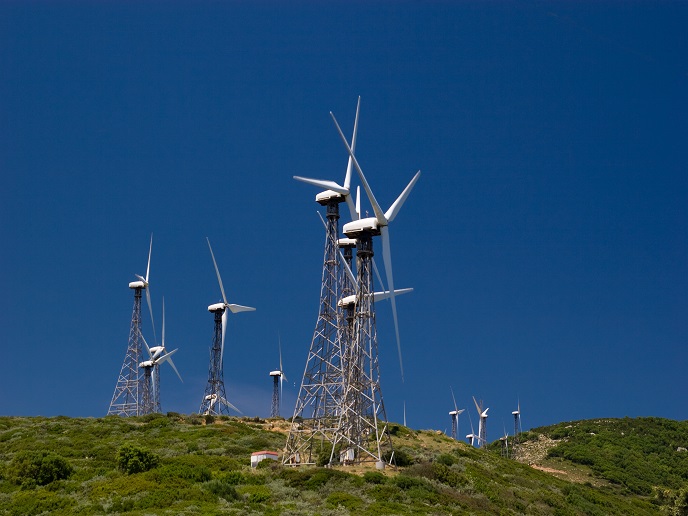New modular wind turbine designs: The quest for stronger wind
The EU-funded HYPER TOWER(opens in new window) project, undertaken with the support of the Marie Skłodowska-Curie programme, proposed an innovative self-rising wind turbine tower configuration assembled by trusses. Instead of traditional tubular steel towers, the new design makes use of latticework – lattice supports can be easily loaded onto ordinary trucks and bolted together at the final destination with the use of small-sized cranes. Small cranes offer an obvious benefit to their larger counterparts that in addition to being inexpensive and easier to find, they limit the use of the larger ones only for mounting the nacelle and blades. Except for making transportation easier, these modular wind turbine towers cut down costs by requiring less steel material. They can also be constructed to any height and width.
Bigger means greener
A popular trend in sustainable living is to go small: living in a small flat, driving a small car, and generally having a small carbon footprint. But the maths on wind turbines is strikingly different: the taller the wind tower is, the greener the energy is. Researchers mobilised a two-pronged approach to produce more power from the wind. The first involves the use of bigger blades that cover a wider area and ultimately increase total potential production. The second is to increase the wind turbine height: getting the blades higher where the wind blows more steadily helps increase the turbine’s capacity factor. “Our project addresses the challenge of making wind turbines more efficient. Civil engineers are now increasingly being challenged to construct taller structures and use less material to cut down the project budget costs all while walking that tightrope of diminishing energy consumption of the mounting and manufacturing processes,” explains Nafsika Stavridou, the Marie Skłodowska-Curie fellow who led the research. What’s more, the construction of tall and slender structures requires painstaking research to deal with the complex structural dynamic phenomena that can cause tower collapses in case of extreme weather phenomena.
Breaking the mould in wind turbine shape
The main innovation that HYPER TOWER introduces in wind energy development is that it replaces the traditional tubular steel tower with a lattice structure. “The tubular steel tower is indeed a robust structure, but the total amount of steel it requires is significantly more compared to the lattice structures,” explains Stavridou. Researchers examined a total of 182 lattice solutions of both square and hexagonal shapes, and proved that they can sustain great loads with much less material. Compared to a tubular structure of the same height, the total weight of a 76-m tower is 22.5 % less when modelling a hexagonal lattice tower and 40 % less in the case of a square lattice tower. “The obvious benefit is a 40 % decrease in the materials used for constructing the tower and a 50 % decrease in the materials used for building the foundations,” adds Stavridou. Numerical and experimental work performed by HYPER TOWER helps tackle all challenges associated with contemporary wind turbine towers. It clears the path to developing taller and wider towers than previous generations, using a modular truss design that maximises efficiency, reduces the cost and improves the strength of turbine towers.







